When did you first know you wanted to be a farmer? What (event, person, place) inspired this decision?
Jenn volunteered in the Peace Corps in Niger for 3 years where she was introduced to subsistence agriculture and was inspired. She liked the concept of growing food to live off of and the connection that people had with the land. She liked that the quality of a person’s life could be informed by the land. Also while in Niger Jenn was introduced to the concept of a CSA, community supported agriculture. She liked how this was related to subsistence agriculture and the concept resonated with her. Jenn loves the physicality of farm work, how you are nourished by what you create.
Describe your career path. Have there been any unexpected turns that have led you to where you are today?
Jenn went to an undergraduate university for political science and german with the intention of becoming a lawyer. She took a public service class near the end of her time in university that got her interested in public service work. When a Peace Corps recruiter came to her school she went to the information session and was immediately inspired. After graduation Jenn went to Arizona to work where she met another peace corps recruiter who she connected with. This recruiter told Jenn to apply and she was sent to Niger.
While in Niger Jenn began to realize her calling to become a farmer. Her life took a bit of a turn when she got sick while backpacking and had to go home. Her dream was to do development work overseas but when she got out of the hospital she realized that might not be possible. She kept a notebook with her while she was in Niger where she wrote down ideas she had or things that inspired her. When she revisited the notebook she remembered the term “CSA” and how it has resonated with her. She was currently on the east coast living with her parents so she decided to search for a farm where she could work for the time being. She contacted a farm in Chambersburg, PA and was put into contact with the farm manager Matt Steiman. She started working on this farm from July-November of that year, Matt’s first season as manager.
While at this farm Jenn participated in a workshop with a visiting farmer, John Jevins. John came up with a farming system called “bio intensive”. Jenn participated in this workshop along with another intern at the farm, and realized she wanted to work for John. He preached a mindset of limited resources and how to make the most out of small amounts of space. This subsistence perspective reminded Jenn of her time in Niger and the farming practices there. Jenn then moved to California as an apprentice for John, an experience she said informed her way of thinking which still holds true today.
After a year Jenn moved back to Pennsylvania in search of a new farming job. She saw that Dickinson College was looking for a part time garden coordinator and she started working here. Over the years the position and the farm grew and eventually it became what it is today.
What is the most challenging part of running an organic farm? Is it more challenging to run an organic farm in the midst of so much conventional farming and if so how has this impacted your business so far?
In Jenn’s opinion, the biggest challenge she faced as an organic farmer is climate change. Being in such close proximity with conventional farms doesn’t pose as much a problem because the Organic Certification is rooted in reality, and the certifiers recognize the buffers Jenn has in place. Climate change, however, is more difficult. It is impossible to predict how the years will change since there is less consistency in the temperatures. The range of predictability is greater which makes it challenging in particular for organic farmers who need to come up with new ways to control pests and disease.
How has being a woman affected your experience of directing a farm?
In south-central Pennsylvania in particular there is a strong religious undertone. The partiarcial structure is very much in place here and women typically don’t hold leadership positions let alone work outside with their hands. Jenn says she used to get very bothered by men’s attitudes and treatment towards her. One time she heard other women complaining about the treatment she received and she realized she didn’t want to sound like that anymore so she shifted from that mindset. A lot of the time she believes her peers, and men in particular, respect her because they know “you’re with Matt”. Jenn is optimistic about what the future holds for women farmers, especially considering the fact that all but one of the student farmers at the moment are women.
What drives your work? Is there something that motivates you to work so hard and dedicate yourself so completely to this business?
What I’ve always noticed about Jenn is how hardworking and driven she is in all that she does. Even simple tasks like weeding or transplanting are taken with the utmost seriousness. When asked Jenn what drives her work she said plain and simple, “I’m very competitive.” She said she is very competitive with herself and it’s something that she loves because it’s allowed her to work hard and be successful in this industry. Jenn says that this side of her goes back to her upbringing and her dad’s montra to do things right and work hard.
What advice would you give to a young person who wants to pursue farming as a career? Is this something you wish you’d known when you were first beginning your career?
Jenn really emphasized how farming is about endurance and mental endurance in particular. To be a farmer you have to have the ability to talk yourself out of wanting to quit, either in short or long run. Farming in this sense is more like an endurance sport.
Something she wishes to pass on to the next generation is to dabble as much as possible before settling into something. Trying to learn as much as possible from others is important before starting your own business. She says she is glad she had the opportunity to succeed and fail on other people’s land before she began her own business because the stakes were much lower. She really emphasized slowing down the pace, you don’t need to run your own farm right off the bat, because learning as much as you can beforehand is invaluable. “You will never master farming”, Jenn said, which was an important message to hear from someone as successful and knowledgeable as her.
What has been the most surprising part of your journey?
Something that has surprised Jenn over the years is that she always feels like she is learning, she always feels challenged. Jenn claims that she doesn’t know how to live or work any other way. She loves the range of what she does, how farming is always changing, never constant. This type of work allows you to learn and grow continuously. Jenn also appreciates the people she gets to meet and work with people they have taught her so much as well.
Here is the link to my presentation: https://docs.google.com/presentation/d/17lUy94PMFWxIj4vnq4piaep1lUvk2OG5MyR1AUCcTbg/edit#slide=id.p

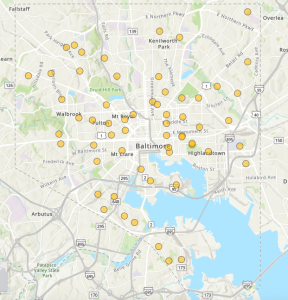
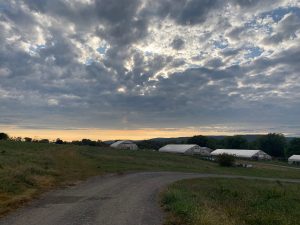
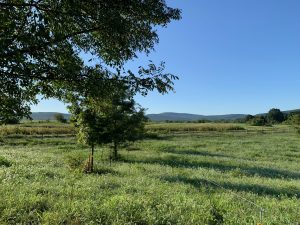
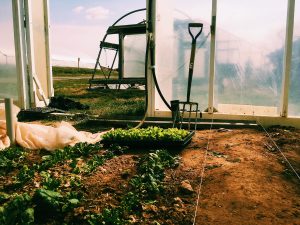
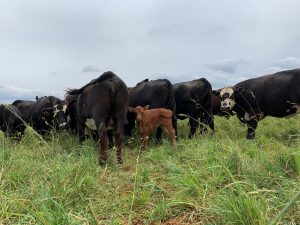
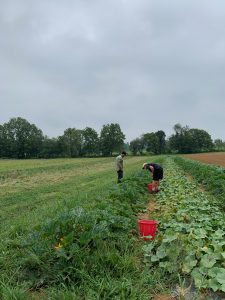
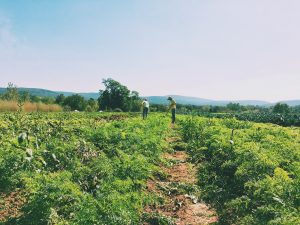
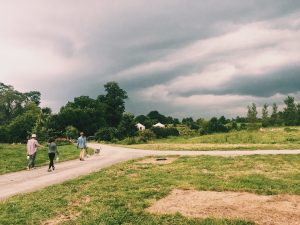
Recent Comments